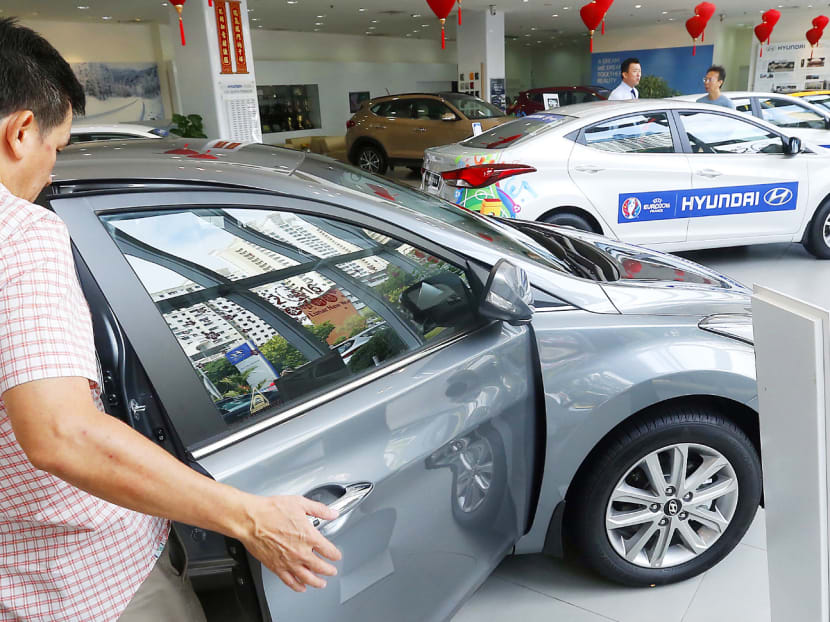Allocation of COEs key to more equitable system, say observers
SINGAPORE — While industry players acknowledged the Open Category has strayed from its intent to end up favouring more affluent buyers who can place higher Certificate of Entitlement (COE) bids, the question of whether differential bidding will make it more equitable hinges on its workings, they said.
SINGAPORE — While industry players acknowledged the Open Category has strayed from its intent to end up favouring more affluent buyers who can place higher Certificate of Entitlement (COE) bids, the question of whether differential bidding will make it more equitable hinges on its workings, they said.
Differential bidding bears some semblance to a “pay-as-you-bid” system floated by some academics and industry players from at least a decade ago, but uncertainty hangs over how bids will be awarded, the observers noted.
On Monday (Feb 20), the Land Transport Authority (LTA) said it was mulling over ways to make the COE system more equitable in catering to changing demand for various vehicle types under all price scenarios.
It cited differential bidding as a potential way of improving the mechanism of the Open Category, which can be used for all vehicle types but ends up mainly used for large cars.
This involves bidders indicating how much extra they are willing to pay on top of a reference price, which, hypothetically, could be the Prevailing Quota Premium (PQP) for the vehicle category of their choice. The PQP is a three-month average of COE quota premiums.
SIM University senior lecturer Park Byung Joon said how quotas are allocated for the various categories would be key under such a system. From May, COEs under the Open Category cannot be used to register motorcycles, but buyers of small (Category A) and large cars (Category B), as well as goods vehicles and buses (Category C) may continue to do so.
There must be “a minimum percentage of allocation for each category”, so the Open Category will not remain predominantly for big cars, as is the case now, said Dr Park.
Singapore Vehicle Traders Association (SVTA) honorary secretary Jeremy Soh suggested that there could be sub-categories under the Open Category for each vehicle type.
Without these sub-categories, buyers of lesser means aiming for smaller cars will continue to be squeezed out — a problem that plagues the Open Category now — even if there is differential pricing. “People who can afford can bid higher … and it’s still the winner that takes all,” said Mr Soh.
Mr Eddie Loo, managing director of motor dealer CarTimes Automobile, felt that differential bidding would be a “good move”, since the COEs would be more effectively spread across the different categories.
The Open Category was introduced along with the COE scheme in 1990, as part of the Government’s Vehicle Quota System to regulate the growth rate of vehicles on Singapore’s roads.
The aim was to provide flexibility and responsiveness to meet the changing demand for different vehicle types.
Describing the Open Category as a “double-edged” sword, Mr Loo said car dealers bid for COEs under the Open Category as “standby” for customers, including those who have not had their loans approved, but there are risks.
Premiums can fall drastically by the next bidding exercise and dealers end up discarding unused Open Category COEs, said Mr Loo.
Mr Raymond Tang, SVTA’s first vice-president, said a differential bidding exercise would compel consumers undecided about a vehicle type to commit to a particular category.
This differs from the current Open Category system, which offers consumers the flexibility of bidding for a COE which can be used for any vehicle type they eventually settle for, making for a “very messy” system, he said.









